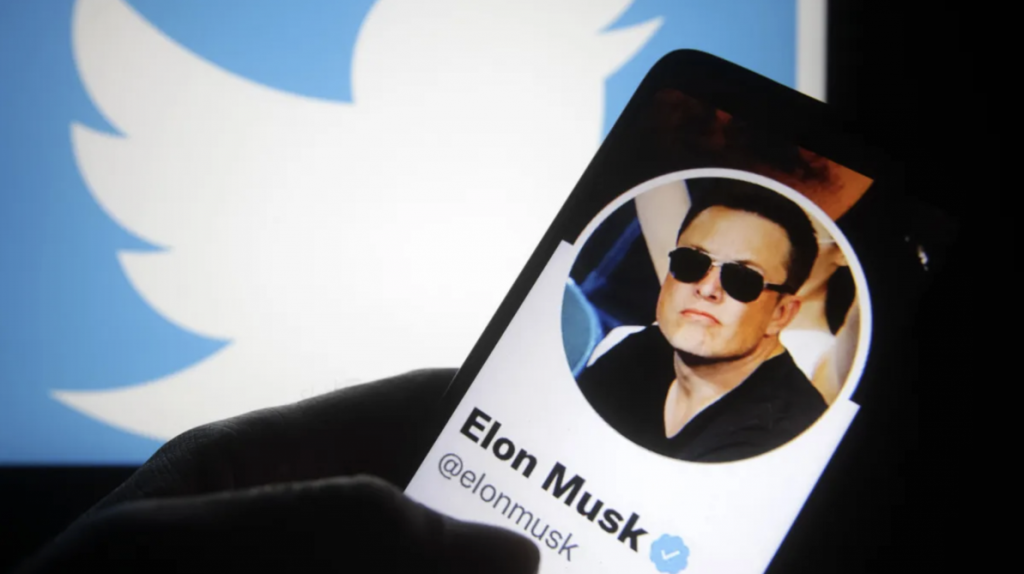Good day, everyone. Did any of you take advantage of the Black Friday/Cyber Monday deals over the past week? We got a 92” tripod, a fancy aluminum razor, and the bougiest shaving accessories we could find (like a kit with a badger hair brush and obnoxiously expensive French shaving cream). We can’t foresee our first non-Gillette-cartridge shave resulting in anything but a bloodbath and we want it to feel as elegant as possible.
The logic behind buying a pricy, so-called safety razor is that it’ll save you money in the long run because the replacement blades are so cheap (ten cents each in this case). Based on our calculations and the assurance of someone who is “really good at counting,” we determined that we’ll break even two or three years after we die. Enough about the safety razor though. We need to bring something to your attention right away. Google just started deleting inactive accounts for the first time.
We laid out the criteria that Google uses to classify their accounts as inactive when we first warned about this in May: they need to be in complete digital hibernation. There’s a caveat to that though, because dormant Google accounts with an active subscription (like Google Workspace) will be spared. The only thing that has changed since May is a pledge from Google not to delete any accounts with public YouTube videos, so the first-ever video uploaded to the platform is still safe.
We’re guessing that many people reading this newsletter need to juggle as many Google accounts as we do. You should know that there are many ways to meet Google’s minimum account activity requirement. Interacting with any Google service that’s tied to an abeyant account will breathe two more years of life into it. You can upload a picture to Google Photos or create a new Google Doc. You can also just access Google Drive without uploading or downloading any files.
We’ll use this as a good rationale for segueing into Google Drive. In addition to its new look, it has received lots of vocal criticism since November 22. The screenshot you see above this paragraph is from the Google Drive Help forum from someone whose account reverted to the state it was in six months ago, losing all files that had been moved, added, or removed since then. That particular post has been removed (something we’ve never seen before), but thousands of other people have lodged similar complaints in the meantime.
The initial response from a Google employee suggested that the issue only affected people who were using the desktop version of Google Drive. After many people replied to that Google employee, letting him know that they experienced the same issue on the browser version of Google Drive, the response from the Google employee became so unpopular that Google silently removed the dislike counter that was previously visible on all forum responses (standing in stark contrast to the public debate that surrounded the removal of YouTube’s thumbs down count).
We use Google Drive at Local Viking all the time. It’s incredibly convenient and especially useful for a fully remote team. The takeaway here is that you should never count on Google Drive as your sole means of backing files up. That’s true of all cloud storage– make sure you have physical copies of the files you can’t afford to lose and make your backups as redundant as you can.
The last thing we have from you today is a GeoBooster update. It’s not a big update, but it’s something that one of our users requested and we want to let everyone know that it’s now available. You can now use Google Maps pins instead of flag markers on the GeoBooster widget (the thing that your clients use to post their job site check-ins to their websites). If you want to swap your flags for pins, you’ll probably want to head to the appearance tab and change the map market color to Cinnabar (#EA4335) so everything matches. You can see what we mean in that screen recording.
As far as closing links go, we haven’t done a lot of web browsing this week. We’ve been keeping our eye on OpenAI, but we still don’t have a clear view of what happened there. The only development that’s happened since last Friday is that you can find people theorizing that the board reshuffling was triggered by an upcoming version of GPT figuring out how to break RSA encryption.
We don’t think that theory holds much water. The reason encryption works isn’t because people don’t know how to break it (this 17-minute video about Shor’s algorithm can teach you the method if you’re interested). Our banking records and national security are secure because nonexistent quantum computers are required to factor the million-digit semiprime numbers that are used for security keys. None of OpenAI’s software runs on machines like that.
We did see a thought-provoking video about whether Twitter is truly floundering or moving in the right direction. It’s called A Tale of Two Elons. It’s fifteen minutes long. The host of the video makes the case that a lot of the doom and gloom headlines you see about advertisers fleeing the platform are mostly clickbait. She further presses the point that we never see media coverage of those same advertisers returning, which they frequently do. The production value isn’t amazing or anything, but it’ll help you appreciate the fact that you probably don’t understand what’s going on at X as much as you thought you did.
That’s all for today. Have a wonderful weekend. See you next Friday.



